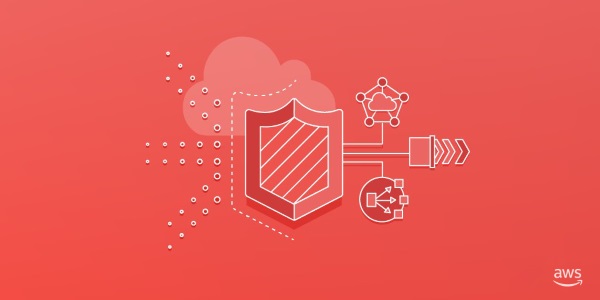AWS Security Blog
Tag: Amazon CloudWatch
Introducing the AWS Network Firewall CloudWatch Dashboard
Amazon CloudWatch dashboards are customizable pages in the CloudWatch console that you can use to monitor your resources in a single view. This post focuses on deploying a CloudWatch dashboard that you can use to create a customizable monitoring solution for your AWS Network Firewall firewall. It’s designed to provide deeper insights into your firewall’s […]
Automate detection and response to website defacement with Amazon CloudWatch Synthetics
Website defacement occurs when threat actors gain unauthorized access to a website, most commonly a public website, and replace content on the site with their own messages. In this blog post, we show you how to detect website defacement, and then automate both defacement verification and your defacement response by using Amazon CloudWatch Synthetics visual […]
How to receive alerts when your IAM configuration changes
June 12, 2024: Update: This post has been updated to deploy the solution in the North Virginia (us-east-1) AWS Region. August 21, 2023: This post had been updated to change from wildcard pattern matching to using “prefixes” for EventBridge pattern rules. July 27, 2023: This post was originally published February 5, 2015, and received a […]
How to use Amazon GuardDuty and AWS WAF v2 to automatically block suspicious hosts
In this post, we’ll share an automation pattern that you can use to automatically detect and block suspicious hosts that are attempting to access your Amazon Web Services (AWS) resources. The automation will rely on Amazon GuardDuty to generate findings about the suspicious hosts, and then you can respond to those findings by programmatically updating […]
How to confirm your automated Amazon EBS snapshots are still created after the TLS 1.2 uplift on AWS FIPS endpoints
We are happy to announce that all AWS Federal Information Processing Standard (FIPS) endpoints have been updated to only accept a minimum of Transport Layer Security (TLS) 1.2 connections. This ensures that our customers who run regulated workloads can meet FedRAMP compliance requirements that mandate a minimum of TLS 1.2 encryption for data in transit. Attempts […]
Updates to the security pillar of the AWS Well-Architected Framework
We have updated the security pillar of the AWS Well-Architected Framework, based on customer feedback and new best practices. In this post, I’ll take you through the highlights of the updates to the security information in the Security Pillar whitepaper and the AWS Well-Architected Tool, and explain the new best practices and guidance. AWS developed […]
Tips for building a cloud security operating model in the financial services industry
My team helps financial services customers understand how AWS services operate so that you can incorporate AWS into your existing processes and security operations centers (SOCs). As soon as you create your first AWS account for your organization, you’re live in the cloud. So, from day one, you should be equipped with certain information: you […]
How to Use AWS Config to Monitor for and Respond to Amazon S3 Buckets Allowing Public Access
AWS Config enables continuous monitoring of your AWS resources, making it simple to assess, audit, and record resource configurations and changes. AWS Config does this through the use of rules that define the desired configuration state of your AWS resources. AWS Config provides a number of AWS managed rules that address a wide range of […]
Now You Can Use AWS Shield Advanced to Help Protect Your Amazon EC2 Instances and Network Load Balancers
Starting today, AWS Shield Advanced can help protect your Amazon EC2 instances and Network Load Balancers against infrastructure-layer Distributed Denial of Service (DDoS) attacks. Enable AWS Shield Advanced on an AWS Elastic IP address and attach the address to an internet-facing EC2 instance or Network Load Balancer. AWS Shield Advanced automatically detects the type of AWS resource behind the […]
How to Monitor and Visualize Failed SSH Access Attempts to Amazon EC2 Linux Instances
As part of the AWS Shared Responsibility Model, you are responsible for monitoring and managing your resources at the operating system and application level. When you monitor your application servers, for example, you can measure, visualize, react to, and improve the security of those servers. You probably already do this on premises or in other […]









